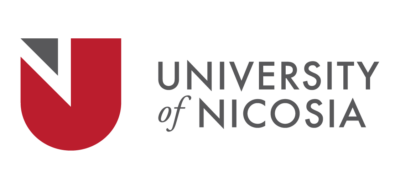Volume 2022 – Issue 3-4
Teaching English with Technology, 22(3-4), 2022, 1-2, https://www.tewtjournal.org 1
GUEST EDITORIAL NOTE: CALL TEACHER EDUCATION AND PROFESSIONAL DEVELOPMENT
by Dara Tafazoli, The University of Newcastle, Australia
dara.tafazoli @ uon.edu.au
One of the influential factors in the success of technology integration in language education, called Computer-Assisted Language Learning (CALL), is language teachers’ readiness, acceptance, adaptation, and implementation of CALL in formal and informal teaching contexts. With the emergence of new technologies, literacies, and relevant pedagogies, the critical role of CALL teacher education and professional development needs further exploration. This need is emphasized by inspiring CALL researchers (see, e.g., Hubbard, 2021; Kessler, 2007; Levy, 1996).
The uncertain time of the COVID-19 pandemic, in particular, has highlighted the critical position of continuous training on technology-based pedagogy for both pre- and in-service language teachers. However, the literature review on CALL teacher education and professional development shows that little has been focused on: a) What CALL teacher education should entail in order to help teachers adopt technology effectively, b) How CALL teacher education and professional development programs impact teachers’ technological, pedagogical, and content knowledge, and c) What are the barriers and enablers of the uptake and effective use of CALL workshops?
All of the articles included in this special issue ‘CALL Teacher Education and Professional Development’ discover diverse areas within the broader field of teacher education, professional development, and CALL. In the first article, I screen and synthesize the published articles on CALL teacher education and professional development in the last two decades of Teaching English with Technology. In a two-fold purpose article, Kristiawan, Carter and Picard, first, explore the perceptions of Islamic English teachers of using CALL before participating in professional development workshops; then, they identify the affordances and barriers of using CALL after such workshops. Uştuk, in the third article, investigates teachers’ MOOC experiences through a non-formal professional development activity and its potential affordances and disturbances. The fourth article by Huertas-Abril and Muszyńska compares the pre-service teachers’ perceptions of the development of multimodal communication and collaborative learning in two universities in Spain and Poland. Nguyen and Tran, fifth article, determine the perceptions of pre-service teachers and teacher educators concerning technology preparation and integration into the initial teacher education in Vietnamese higher education. Finally, Kaçar examines pre-service teachers’ TPACK and its reflection through a digital materials design project. Taken together, the articles in this special issue provide a diverse and rich resource for CALL teachers, teacher educators and trainers, and researchers working within and across various levels and contexts.
Thank You to the Authors and Reviewers
In this Special Issue, I received 73 proposals, 18 proposals were selected for full-text submission, and finally, after three rounds of reviews, six papers were accepted for inclusion in this collection. My special thanks to the reviewers and journal editorial board members who assisted me in selecting the best articles. I believe that more articles are qualified; however, our limitation in the number of accepted articles was the main barrier to inclusion in this edition. As the Guest Editor, I would like to add particular thanks to Jarosław Krajka and Chris Alexander, Co-Editors-in-Chief, and the journal editorial board who trusted me in publishing this special issue. Finally, I am grateful to Kieran Egan (The University of Newcastle, Australia) who worked with me on this special edition as a copyeditor. Kieran’s work helped me to plan and complete the special issue.
References
Hubbard, P. (2021). Revisiting the TESOL technology standards for teachers: Integration and adaptation. CALICO Journal, 38(3), 319-337. https://doi.org/10.1558/cj.20068
Kessler, G. (2007). Formal and informal CALL preparation and teacher attitude toward technology. Computer Assisted Language Learning, 20(2), 173-188. https://doi.org/10.1080/09588220701331394
Levy, M. (1996). A rationale for teacher education and CALL: The holistic view and its implications. Computers and the Humanities, 30, 293-302. https://doi.org/10.1007/BF00115138


